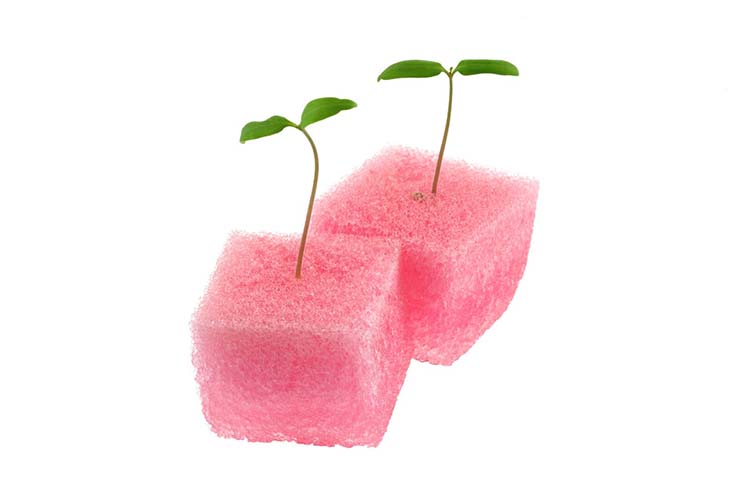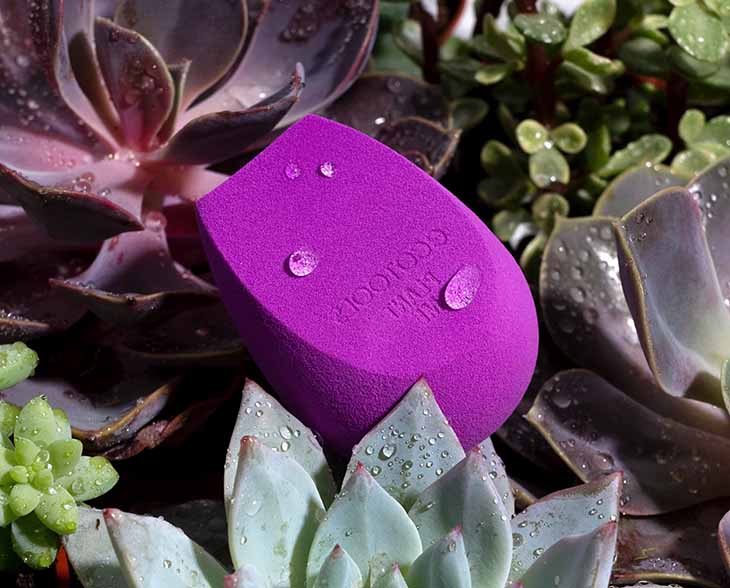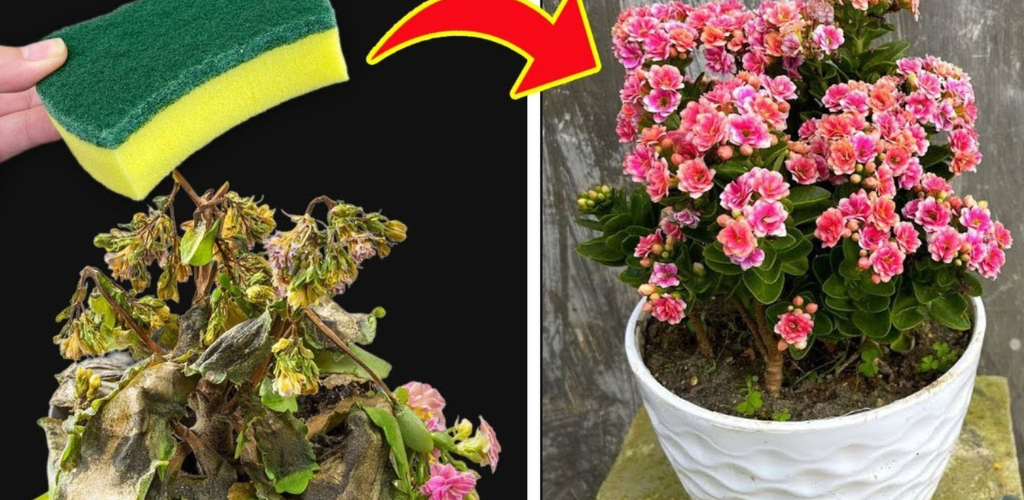Don’t throw away old sponges: here’s how to use them to grow plants
Did you know that you can grow seedlings from an old sponge? This little-known System D technique doesn’t require you to have a green thumb or be a green thumb. Using this everyday item will help you sprout plants in a small space.
Planting has never been easier! And for good reason, you can witness the growth of young shoots by recycling… a sponge. This everyday object will help you have a square garden where even children can practice gardening.
Gardening: How to use a sponge to grow your plants?
To plant seeds or grow vegetables, it is not always necessary to have a small garden. You can create a green space by recycling old sponges. This porous object can be a great help for you to grow a seed easily and without soil. Thanks to this home product, your children will be able to explore their gardening skills by watching seeds and roots grow quickly. The advantage? You can plant a lot of seeds on this surface!
Read also: Anti-mosquito plants: natural solutions to scare away small invaders
To have beautiful seeds, it will be necessary to ensure that your sponges are not treated with detergents or antibacterial compounds because these can compromise the growth of your green space. If you want to protect your plants from mold, you can clean this object with a few drops of bleach and rinse well.
To begin planting, soak the sponges in water before placing them in a shallow container. You can then sow the seeds in the corners of the holder or drill a hole in the center in which your seed grows. Cover the tray with plastic wrap and expose it to the sun. For planted plants to grow well, it is recommended to check the medium from time to time to see if the sponge has not dried out or developed mold. If you notice dryness of the latter, spray it with water using a bottle equipped with a sprayer.
Once your plants have germinated, you can transplant them into the ground in a pot or into your vegetable garden. To do this, it will be necessary to cut the sponge with scissors to keep the roots intact. You can also remove the plastic wrap and let the plants grow in the tray if you wish.

What plants are easy to grow in a sponge?
In this small makeshift garden, you can plant perennials such as onions, garlic or even leeks. To witness good growth, the seeds must be small enough to have room to germinate in the sponge. You can also grow vegetables with larger seeds such as broccoli but also aromatic plants such as mustard. You will simply have to dig a deeper hole on the surface. It will also be necessary to make small holes in the plastic film with a skewer to let air in and prevent moisture overflow. Finally, place the tray in a warm, bright location that promotes better cultivation.

When to harvest plants grown in a sponge?
To transplant your plants into soil or harvest them, you will have to wait until the stems measure at least 10 centimeters. Take care of the appearance of your plants because they must form branches and have a large number of leaves. The advantage of sponges is that you can plant flowers that you will later place in small pots. For a beautiful flowering, it will be necessary to place these containers on your terrace or balcony .

There is another gardening trick with an old sponge
While this dishwashing essential can help you grow your plants, it can also come in handy for another gardening technique . Soon you won’t be able to do without it!
Read also: 3 indoor plants that bring luck. It’s good to have them in 2023 for a prosperous year.
A sponge can help you water your plants better. To do this, you will have to cut it so that its shape adapts to the bottom of your pot. Then, add soil before sowing the seed . Your sponge will absorb excess water.
One thing is certain: you can develop your skills as a beginner gardener thanks to seeds grown in an old sponge. This trick will introduce you to garden maintenance!
Read also: Pour it on your geraniums and they will bloom immediately – they will be as lush as ever
